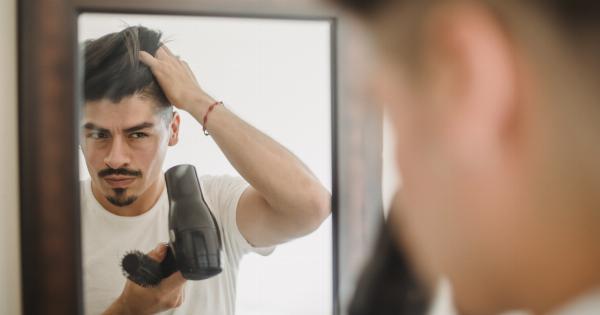From ancient times to the modern era, hair has been an essential symbol of beauty, youth, and vitality. Throughout history, the loss of hair has been a cause of concern for both men and women.
As a result, numerous myths and misconceptions about hair loss have emerged. In this article, we are going to debunk these myths and shed light on the real causes and treatments for hair loss.
Myth #1: Wearing hats causes hair loss
One of the most prevalent myths suggests that wearing hats contributes to hair loss. However, there is no scientific evidence to support this claim.
The hair follicles require oxygen and nutrients for healthy growth, but wearing a hat does not hinder the circulation to the scalp. Hair loss is primarily influenced by genetic factors, hormonal imbalances, or underlying medical conditions.
Myth #2: Brushing your hair frequently prevents hair loss
Contrary to popular belief, brushing your hair frequently does not prevent hair loss. In fact, excessive brushing can cause more harm than good. Rough brushing can lead to hair breakage and damage rather than promoting hair growth.
It is advisable to use a wide-toothed comb or a brush with soft bristles to detangle your hair gently.
Myth #3: Hair loss is only a problem for men
While hair loss is commonly associated with men, it is also prevalent among women. According to the American Academy of Dermatology, approximately 40% of women experience visible hair loss by the age of 40.
The causes of hair loss in women might vary, including hormonal fluctuations, childbirth, menopause, or certain medical conditions. It is essential to address any concerns about hair loss, regardless of gender.
Myth #4: Stress is the sole cause of hair loss
While stress can contribute to hair loss, it is rarely the sole cause. Telogen effluvium, a condition triggered by severe stress, can lead to temporary hair shedding.
However, other underlying factors such as genetics, hormonal changes, or nutritional deficiencies play a more significant role in most cases of hair loss. Stress management is crucial for overall well-being, but it alone cannot solve the problem of hair loss.
Myth #5: Only old people experience hair loss
Hair loss is not exclusively reserved for older individuals. While age can be a contributing factor, it is not the sole determinant of hair loss. Hair loss can start as early as the teenage years, especially for those with a genetic predisposition.
Additionally, medical conditions, medications, and lifestyle choices can influence hair loss at any age.
Myth #6: Wearing tight hairstyles causes permanent hair loss
There is a misconception that wearing tight hairstyles like ponytails or braids can lead to permanent hair loss. While it is true that excessive tension on the hair can cause traction alopecia, a type of hair loss, it is reversible if spotted early.
Avoiding excessively tight hairstyles and giving your hair regular breaks from tension can prevent any long-term damage.
Myth #7: Hair loss is always inherited from the mother’s side
Genetics play a significant role in hair loss, but the notion that it is solely inherited from the mother’s side is incorrect. Hair loss can be inherited from either the mother’s or father’s side of the family, or both.
Various genes contribute to the risk of hair loss, and the pattern can vary among individuals.
Myth #8: Only medications can treat hair loss
While there are medications available to treat hair loss, they are not the only option. The appropriate treatment for hair loss depends on the underlying cause.
Lifestyle modifications, dietary changes, scalp treatments, laser therapies, and hair transplants are among the many interventions available. Consulting a dermatologist or a trichologist can help determine the most suitable treatment plan for individual circumstances.
Myth #9: Hair loss is always permanent
Not all hair loss is permanent. Some types of hair loss, such as telogen effluvium or alopecia areata, can be temporary and resolve on their own or with proper treatment.
However, certain factors like genetic predisposition or scarring conditions may cause irreversible hair loss. Early detection and intervention play a crucial role in the prognosis of hair loss.
Myth #10: Hair loss treatments work instantly
Patience is key when it comes to hair loss treatments. Many treatments require consistent and long-term use to show visible results. It can take several months before any significant changes are noticeable.
It is important to set realistic expectations and understand that hair growth is a gradual process.























